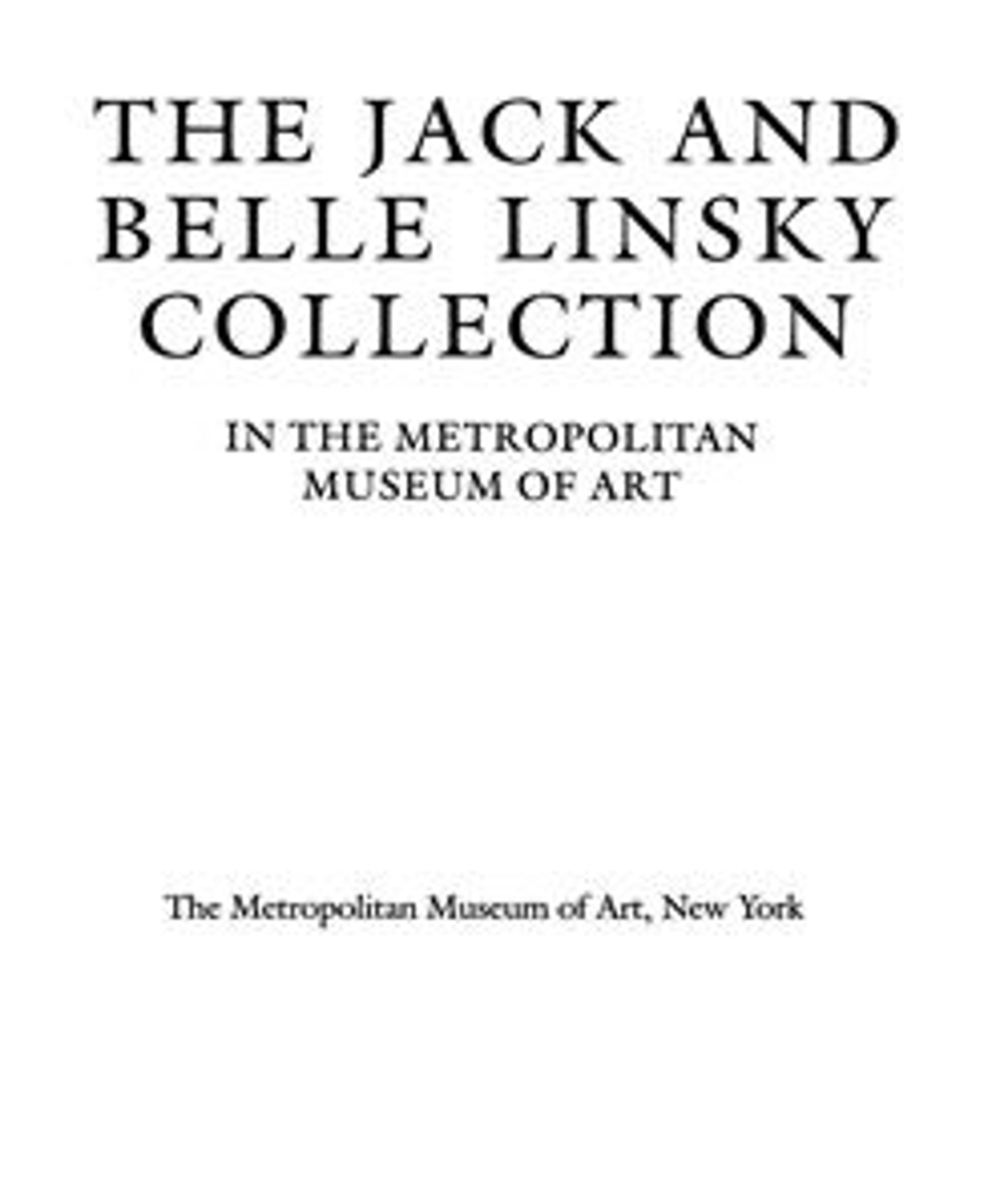Pendant in the form of a gondola
The gondola, a memento of the delights of Venice, was among the forms employed by Renaissance goldsmiths for jeweled pendants. Yvonne Hackenbroch has noted the existence of a gondola-shaped jewel in a Hapsburg collection inventoried in 1590, and there is a sixteenth-century pendant gondola from the collection of Anna Maria Luisa de’Medici (1667–1743) in the Museo degli Argenti in Florence. It is the jewel in the Museo degli Argenti that probably provided the inspiration for our gondola pendant. The two jewels differ widely, however, in the form of the gondolas and in the figure style and dress of the tiny gondoliers and their passengers. The shape of the vessel of our pendant more nearly approaches that of a true gondola, but the gondolier and musician wear short-skirted tunics that resemble the costume of a Roman legionnaire. The lady has hiked her skirt above the knee. The interior of the hull and the back of the jeweled cartouche from which the gondola is suspended are covered with small, busy patterns of enameled ornament that seem closer in their origin to nineteenth-century textile designs than to Renaissance goldsmiths’ work.
Certain characteristics of the enameling and finishing of the gold also indicate that our pendant is of nineteenth-century origin. Where enamel is used, it is thickly applied, and in placed it has been permitted to spill over the edges of the intended design. Large areas of the exterior of the hull of the gondola have been left unenameled and the exposed metal chased with linear patterns. In a Renaissance jewel these would almost certainly have been made to prepare the surface of the metal for enameling. Here they are employed solely as decoration.
Certain characteristics of the enameling and finishing of the gold also indicate that our pendant is of nineteenth-century origin. Where enamel is used, it is thickly applied, and in placed it has been permitted to spill over the edges of the intended design. Large areas of the exterior of the hull of the gondola have been left unenameled and the exposed metal chased with linear patterns. In a Renaissance jewel these would almost certainly have been made to prepare the surface of the metal for enameling. Here they are employed solely as decoration.
Artwork Details
- Title: Pendant in the form of a gondola
- Date: probably second half 19th century
- Culture: European
- Medium: Enameled gold set with diamonds, emeralds, rubies and pearls and with pendant pearls
- Dimensions: Height: 4 7/8 in. (12.4 cm)
- Classifications: Jewelry, Metalwork-Gold and Platinum
- Credit Line: The Jack and Belle Linsky Collection, 1982
- Object Number: 1982.60.373
- Curatorial Department: European Sculpture and Decorative Arts
More Artwork
Research Resources
The Met provides unparalleled resources for research and welcomes an international community of students and scholars. The Met's Open Access API is where creators and researchers can connect to the The Met collection. Open Access data and public domain images are available for unrestricted commercial and noncommercial use without permission or fee.
To request images under copyright and other restrictions, please use this Image Request form.
Feedback
We continue to research and examine historical and cultural context for objects in The Met collection. If you have comments or questions about this object record, please contact us using the form below. The Museum looks forward to receiving your comments.
